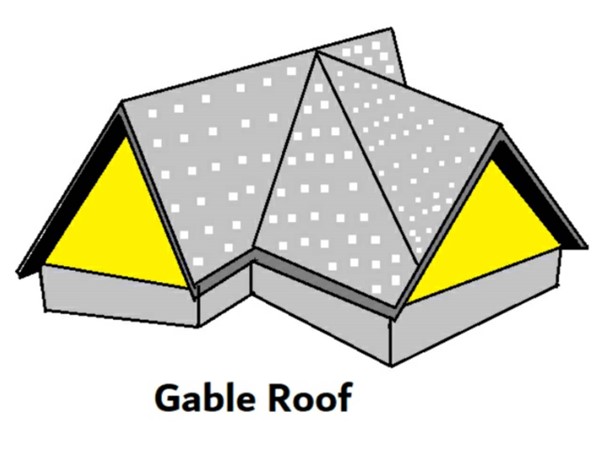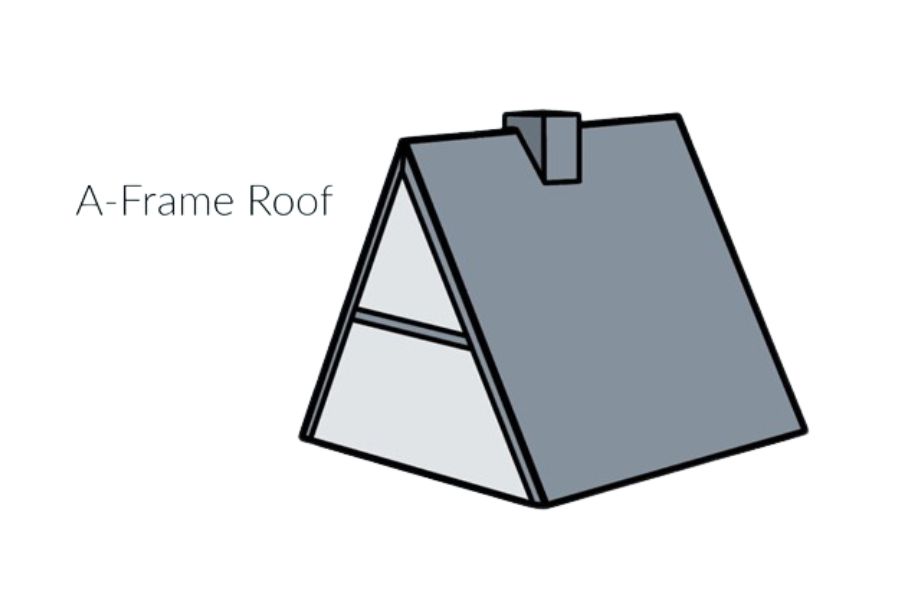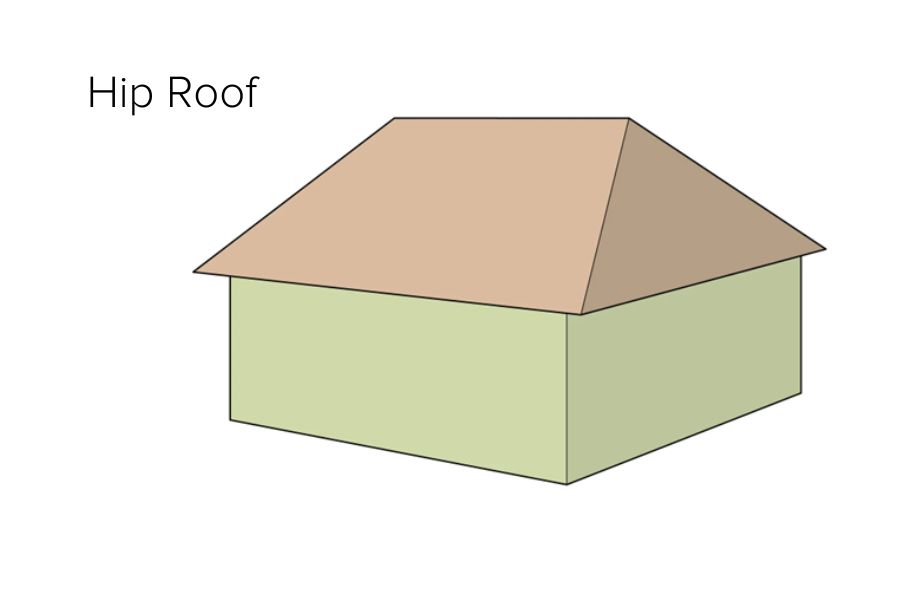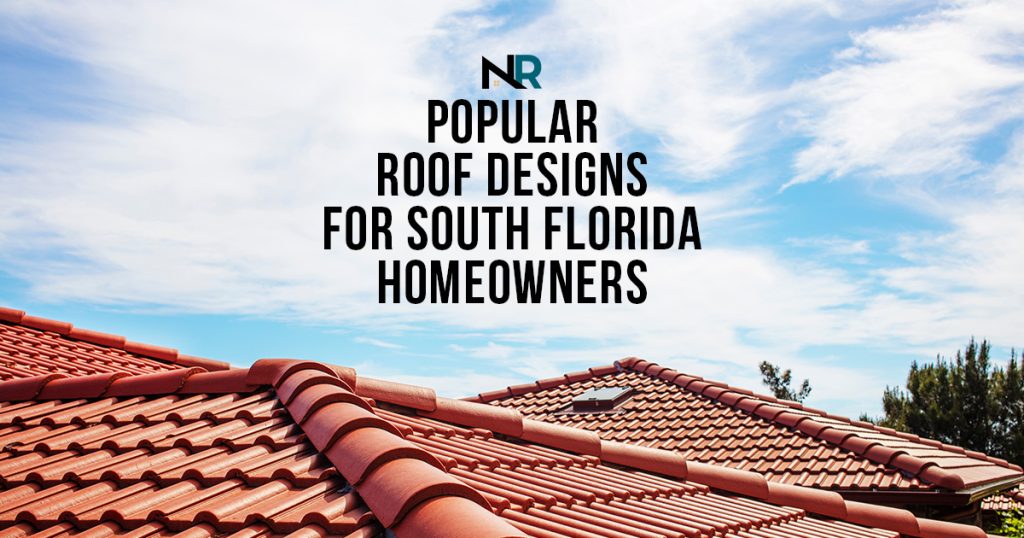Your roof has an impact on the overall functionality, aesthetic, and feel of your home. And, when you factor in South Florida’s extreme weather, choosing the right roof design is critical to the comfort of your home.
We share the top three roof designs for South Florida homeowners, and ones you should consider if you’re building or in the market for a new home.
Gable Roof
If you recall the crayon-like houses you used to draw as a child, then you have a decent idea of what a gable roof looks like. Essentially, it’s a triangle structure formed by joining the two adjoining roof lines at an obtuse angle.
Gable roofs are superior to flat roofs in terms of rain drainage and weather resistance. They’re simple to build and, as a result, very common.
Gable roofs also improve the ventilation in your home and allow water to easily run off the roof. For houses that are not square or rectangular, “L-Shaped” houses for example, two or more gable roofs may converge, creating a beautiful roofline.

A-frame Roof
Also found in South Florida are A-frame rooflines which have steeply angled rooflines with bottoms that begin at or near the foundation line. And then they meet at the peak to form the letter “A”.
An A-frame structure is typically one or two stories tall. It’s common to find a set of stairs leading to a small bedroom loft in a one-story building. A-frame designs are adaptable to all climates, inexpensive to build, can withstand high winds, and have a unique design.
However, due to their design, they do not evenly distribute heat. As a result, it’s critical that you adequately insulate you’re a-frame home.
Originally used in the design of cottages, the A-frame is now a more common choice for houses of all functionality.

Hip Roof
Hip roofs are strong roofing options due to their shape. They require less diagonal bracing than other types of residential sloped roofing, such as A-frame or Gable roofs.
So, when observing a hip roof, you’ll discover that all four sides have a fairly gentle slope from the peak down to the walls. There are no gables or flat ends whatsoever.
They sustain high winds, making them an ideal option for Florida homeowners who are prone to strong storms and hurricanes. They may not be as efficient as Gable or A-frames when it comes to water drainage, but they still have a low risk for moisture damage.
A hip roof also has several design options. If you choose, you can add extra living space beneath your hip roof. Be sure to consult your professional roofer before you make this decision, and they’ll deliver the best advice on how to make this a reality for your home.

Summary
The design you choose for your roof matters, as well as the materials. In South Florida, the 2023 top roofing materials trends include clay or cement tiles, metal, or synthetic asphalt shingles (also known as “composite shingles”).
These materials are a good fit for any of the roof designs we’ve discussed today. They have high resistance to heat and fire and can fit both the functionality and aesthetic you desire for your home.
Whatever your design choice, at Native Roofing, our qualified South Florida roofers will work with you every step of the way to exceed your needs. With over 35 years of roofing experience, we always strive for a 100% satisfaction rate among our clients.
If you’d like to schedule a FREE roofing consultation on the design of your new home’s roofline OR if you require a professional roof inspection during the home buying process, reach out to us here.
We look forward to working with you and your family no matter the scenario and wish you the best of luck in making these big decisions regarding your South Florida home.


